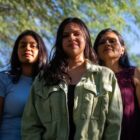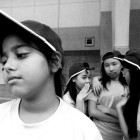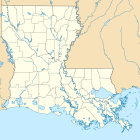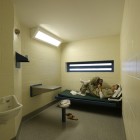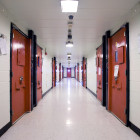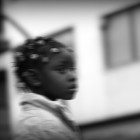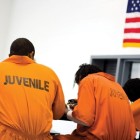
New Report Reveals Sexual Victimization Rates in U.S. Juvenile Facilities
|
The United States Bureau of Justice Statistics (BJS) has released a new report detailing rates of sexual victimization in the nation’s juvenile facilities.
The report, incorporating data from the 2012 National Survey of Youth in Custody, found that nearly one in 10 young people in state-operated or state-contracted juvenile facilities reported at least one sexual victimization incident last year.

